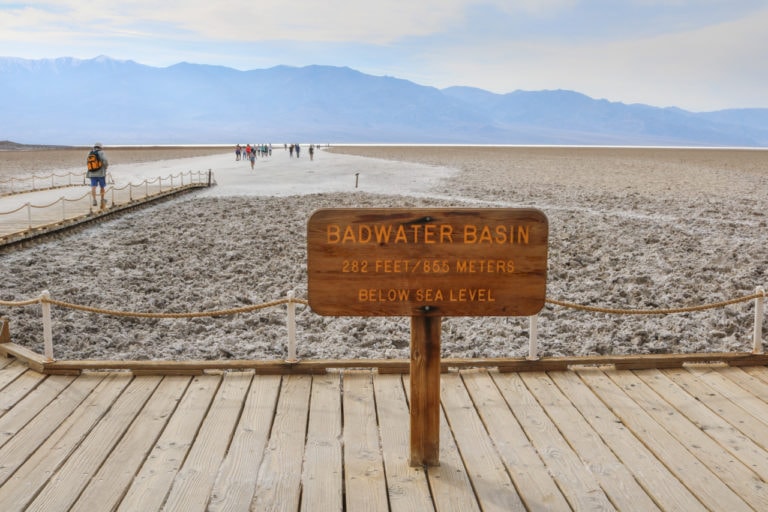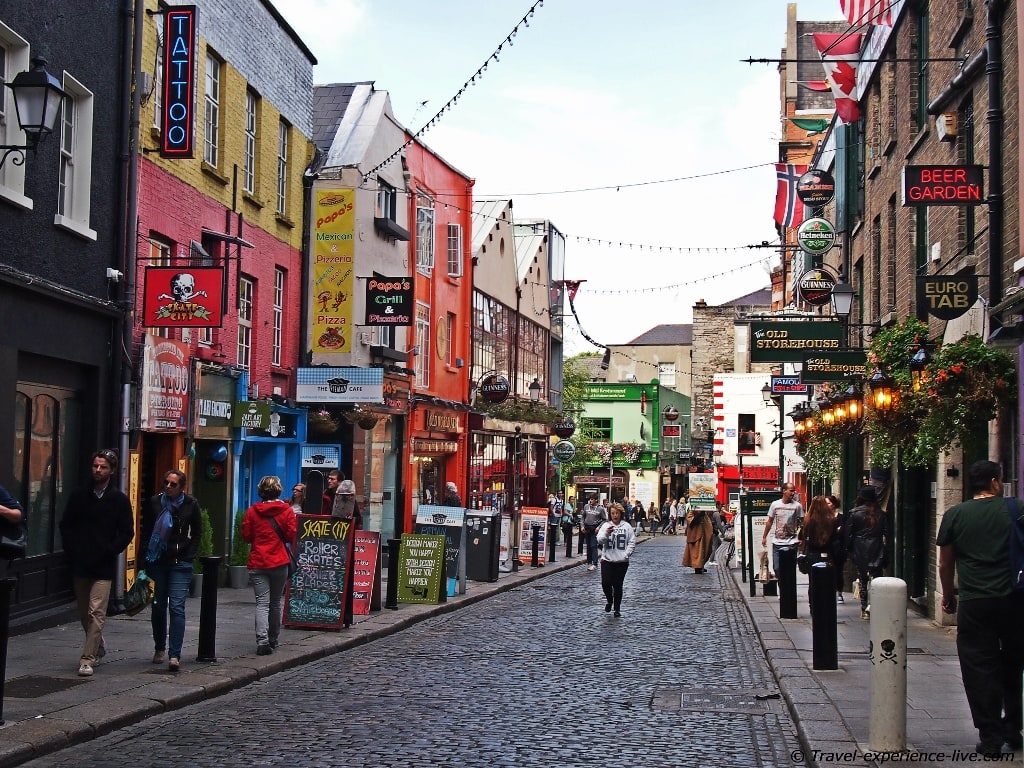Last Week’s Flooding in Death Valley National Park Was a 1,000 Year Rain Event
This news story about a 1,000-Year flooding event in Death Valley National Park is based on an August 7, 2022, National Park Service press release. You can read the original release here.
Historic amounts of rain fell on the bone-dry soil of Death Valley last week, causing major flooding, damaging roads, immobilizing vehicles and trapping hundreds of visitors and park staff. It turned out to be a 1,000-year weather event.
“Death Valley is an incredible place of extremes,” said Death Valley National Park superintendent Mike Reynolds.
“It is the hottest place in the world, and the driest place in North America. This week’s 1,000 year flood is another example of this extreme environment. With climate change models predicting more frequent and more intense storms, this is a place where you can see climate change in action!”
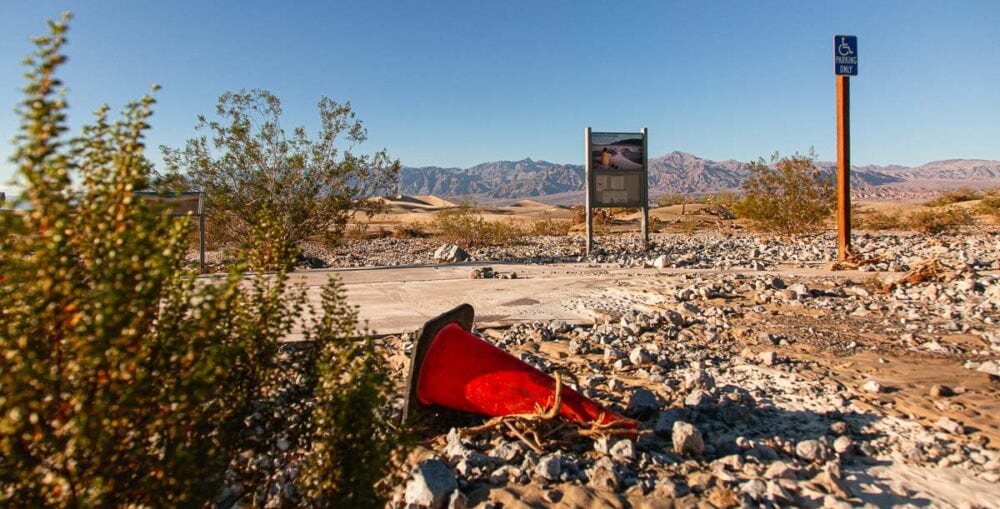
Death Valley National Park Experienced a 1,000-Year Rain Event Last Week
Rain this weekend was a historic event, with nearly a year’s worth of rain falling in three hours, the National Park Service said.
The 1.46 inches of rain recorded at Furnace Creek is still preliminary data, and mere drops away from the all-time record of 1.47 inches. The rain caused widespread damage and closure of all park roads.
“The heavy rain that caused the devastating flooding at Death Valley was an extremely rare, 1,000-year event, says Daniel Berc, meteorologist with the National Weather Service Las Vegas. “A 1,000-year event doesn’t mean it happens once per 1000 years, rather that there is a 0.1% chance of occurring in any given year.”
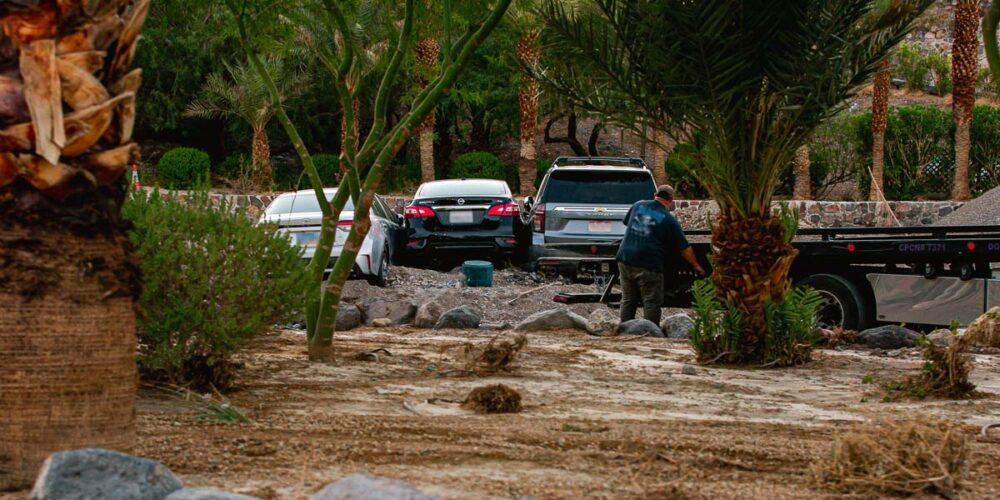
Major impacts of the flooding in Death Valley include the loss of a critical portion of the Cow Creek water system that serves some park residences as well as park facilities including the Emergency Operations Building and maintenance yard.
Over 600 feet of the water main was blown out by flash floods, causing catastrophic damage to this system.
Additionally, many miles of roadway are known to have moderate to severe asphalt damage with hundreds of miles of roadways impacted by debris. Road conditions are still being assessed, as damage makes access to some areas impossible by vehicle.
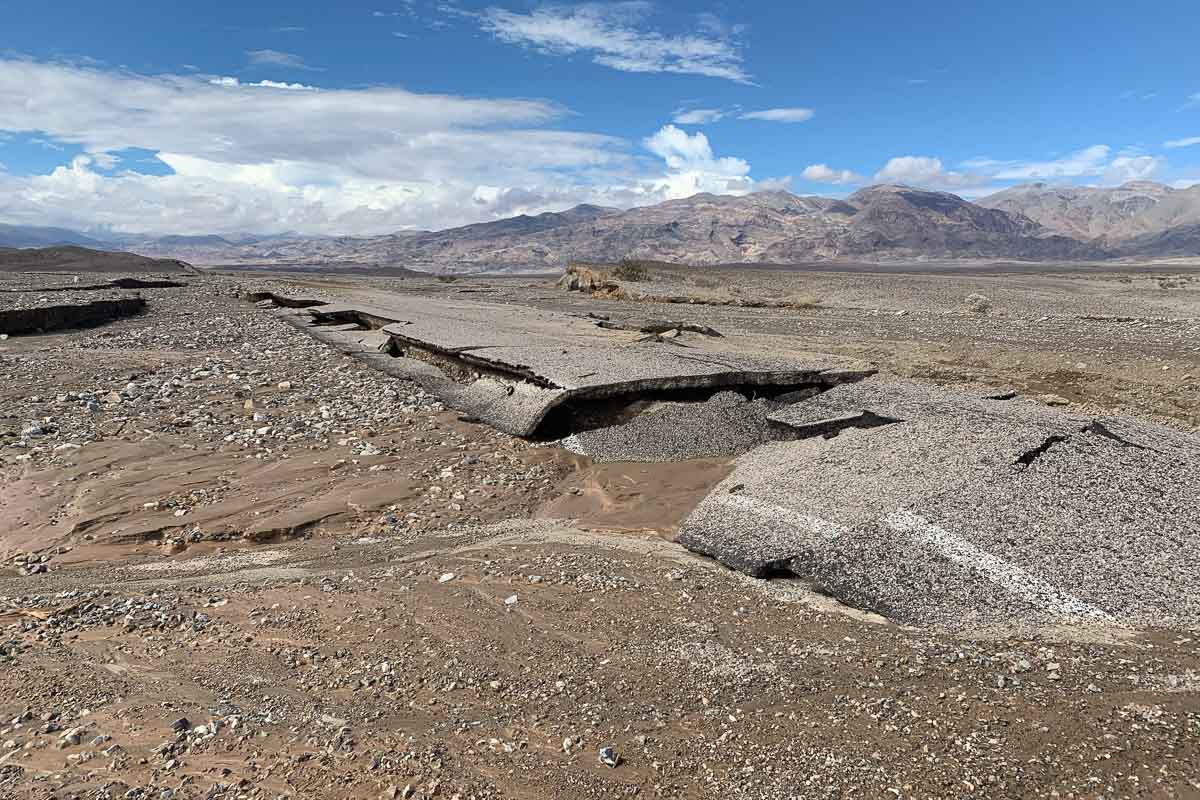
Aerial surveys by a Naval Weapons Station China Lake helicopter crew were able to do a thorough search and located several vehicles in remote areas of the park. Rangers were able to contact these visitors and ensure that everyone was OK.
To date, there are no reported injuries from visitors or park residents, and people who were previously sheltering in place have been able to carefully travel out through the damaged roadways.
No park roads are currently open to recreational travel due to ongoing safety concerns and active road work.
California State Route 190 Remains Closed Through At Least August 17
The National Park Service also announced, contrary to earlier expectations, that California State Route 190, the main road through the park, will remain closed through at least August 17. Caltrans maintenance crews continue to clean up after last week’s flash floods.
Approximately 30 miles of State Route 190 were partially or fully buried under flood debris within Death Valley National Park following last Friday’s storms.
Since beginning work to clear the highway, crews have managed to remove debris from approximately 20 miles of the road. An estimated 60 percent of debris has been removed from the highway so far, the National Park Service said.
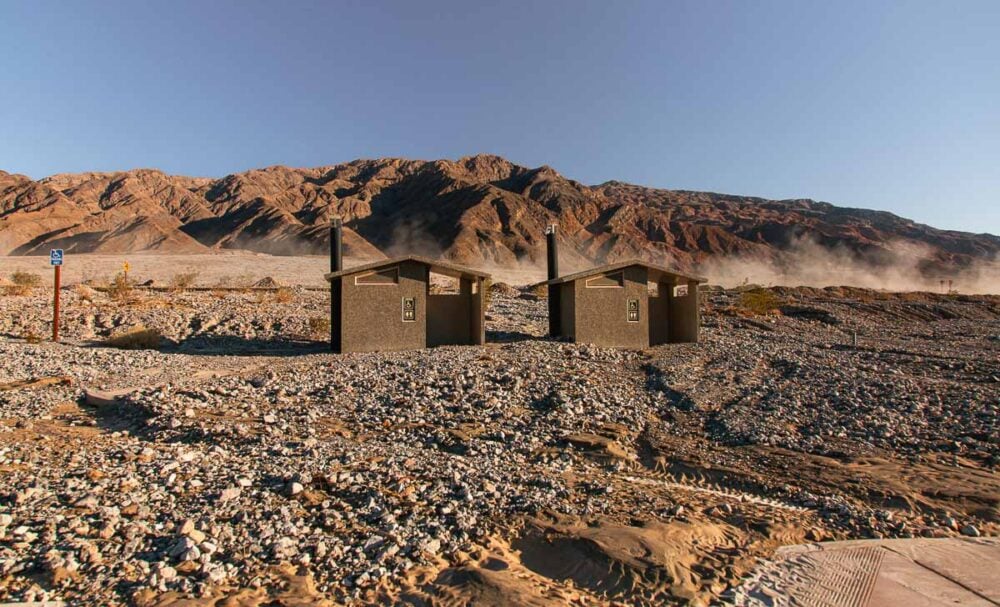
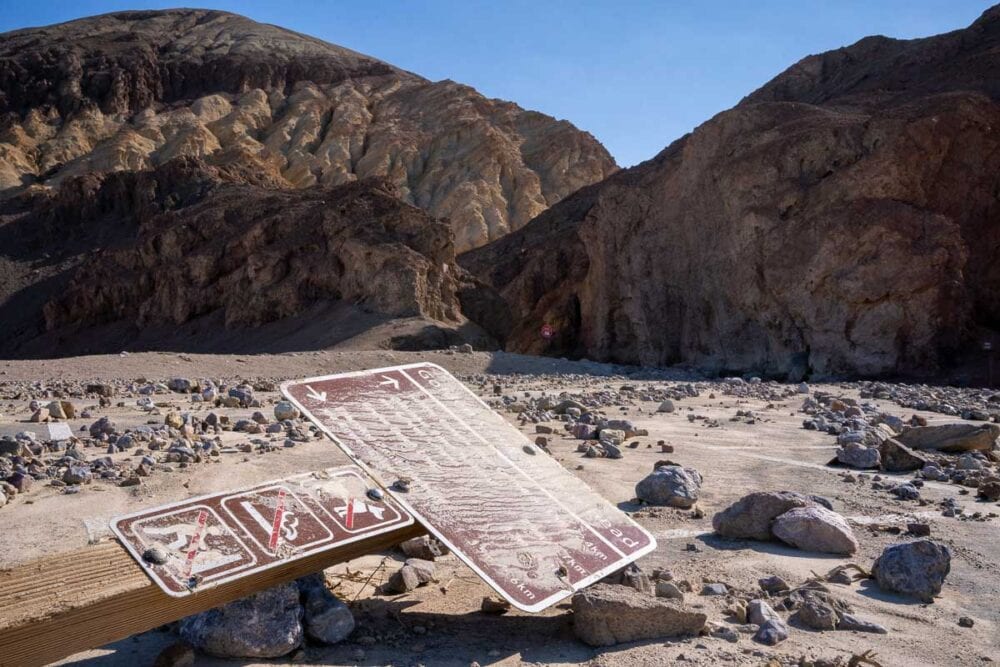
Drivers are urged to stay clear of the highway and respect closure points that allow crews to safely work within the incident area. State Route 178 E from Shoshone to the Lower Badwater Gate in Death Valley National Park will remain closed into next week as well.
All park roads remain closed as damage assessments, crucial repairs, and flood recovery work are underway. Conditions are subject to change as the Death Valley area is expecting a chance of additional thunderstorms this week.
The Death Valley National Park website has more information about closures and current conditions.


